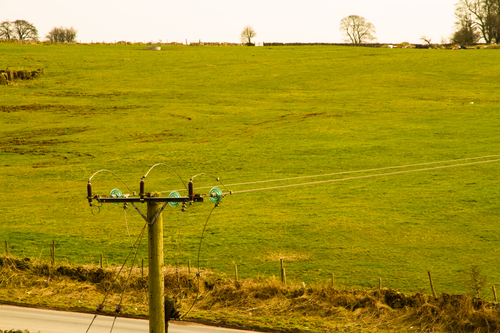New Approach to Remove Metals from Chromated Copper Arsenate (CCA)-Treated Wood
Recovery of metals from chromated copper arsenate (CCA)-treated southern pine wood particles was investigated using binary acid solutions consisting of acetic, oxalic, and phosphoric acids in a microwave reactor. Formation of an insoluble copper oxalate complex in the binary solution containing oxalic acid was the major factor for low copper removal. Furthermore, the possible complexation of acetic/oxalic acid in the organic phase, the decomposition of oxalic acid in acetic acid at high temperatures, and the promotion of the formation and precipitation of the copper oxalate by phosphoric acid may induce an antagonistic effect which adversely influenced the effectiveness of the copper extraction. It was found that the addition of acetic acid into phosphoric acid enhanced the chromium recovery rate of the mixed acid solution. This synergistic effect of mixed acetic acid and phosphoric acids is considered one of the most interesting and significant discoveries in the study.
Our recent studies on removal of CCA elements from spent CCA-treated wood have focused on the application of the microwave energy to facilitate acid extraction. A preliminary study (Yu et al. 2009) has shown: (1) microwave-assisted acid extractions with oxalic, acetic, and phosphoric acids have reduced the reaction times from hours to minutes compared to the conventional methods, (2) oxalic acid effectively removed arsenic and chromium but not copper, (3) acetic acid extraction was highly effective for the removal of arsenic and copper but not for chromium, and (4) extraction using phosphoric acid was less effective as compared to both oxalic and acetic acids. These results indicated that none of the individual acids were able to effectively remove all three CCA elements simultaneously, but showed a potential complementary effect for extraction. For instance, oxalic acid removed chromium very effectively but not copper, and acetic acid effectively extracted copper but not chromium. The results strongly suggested the opportunity for a two-acid process by either a synergistic extraction effect of the combined acids or a two-step process of consecutive acid extraction. In this study, two acids were mixed, and the extraction potential was evaluated. The acids studied were oxalic, acetic, and phosphoric. The objectives of the study were to develop a cost-effective microwave-based dual acids extraction system to maximize removal of CCA elements from spent-CCA-treated wood. This was addressed by optimizing of the acid combinations and concentration, extraction times, and reaction temperature to minimize any environment impact.
Our recent studies on removal of CCA elements from spent CCA-treated wood have focused on the application of the microwave energy to facilitate acid extraction. A preliminary study (Yu et al. 2009) has shown: (1) microwave-assisted acid extractions with oxalic, acetic, and phosphoric acids have reduced the reaction times from hours to minutes compared to the conventional methods, (2) oxalic acid effectively removed arsenic and chromium but not copper, (3) acetic acid extraction was highly effective for the removal of arsenic and copper but not for chromium, and (4) extraction using phosphoric acid was less effective as compared to both oxalic and acetic acids. These results indicated that none of the individual acids were able to effectively remove all three CCA elements simultaneously, but showed a potential complementary effect for extraction. For instance, oxalic acid removed chromium very effectively but not copper, and acetic acid effectively extracted copper but not chromium. The results strongly suggested the opportunity for a two-acid process by either a synergistic extraction effect of the combined acids or a two-step process of consecutive acid extraction. In this study, two acids were mixed, and the extraction potential was evaluated. The acids studied were oxalic, acetic, and phosphoric. The objectives of the study were to develop a cost-effective microwave-based dual acids extraction system to maximize removal of CCA elements from spent-CCA-treated wood. This was addressed by optimizing of the acid combinations and concentration, extraction times, and reaction temperature to minimize any environment impact.
To read more please visit: https://drtoddshupe.com/wpcontent/uploads/2017/11/ja_2010_yu_001-3-1.pdf
Meet the Author
Dr. Todd Shupe is the President of Wood Science Consulting, LLC. He is a well-recognized expert on wood forensics, wood preservation, wood decay and degradation, and wood species identification. He has a broad background in new product development, quality management, and marketing and sales in both the public and private sectors. For more information please visit DrToddShupe.com.
We welcome your comments below.
Thank you for visiting. We trust that you have enjoyed reading our articles.
Liked this post? Read more below or search for more topics . . .


